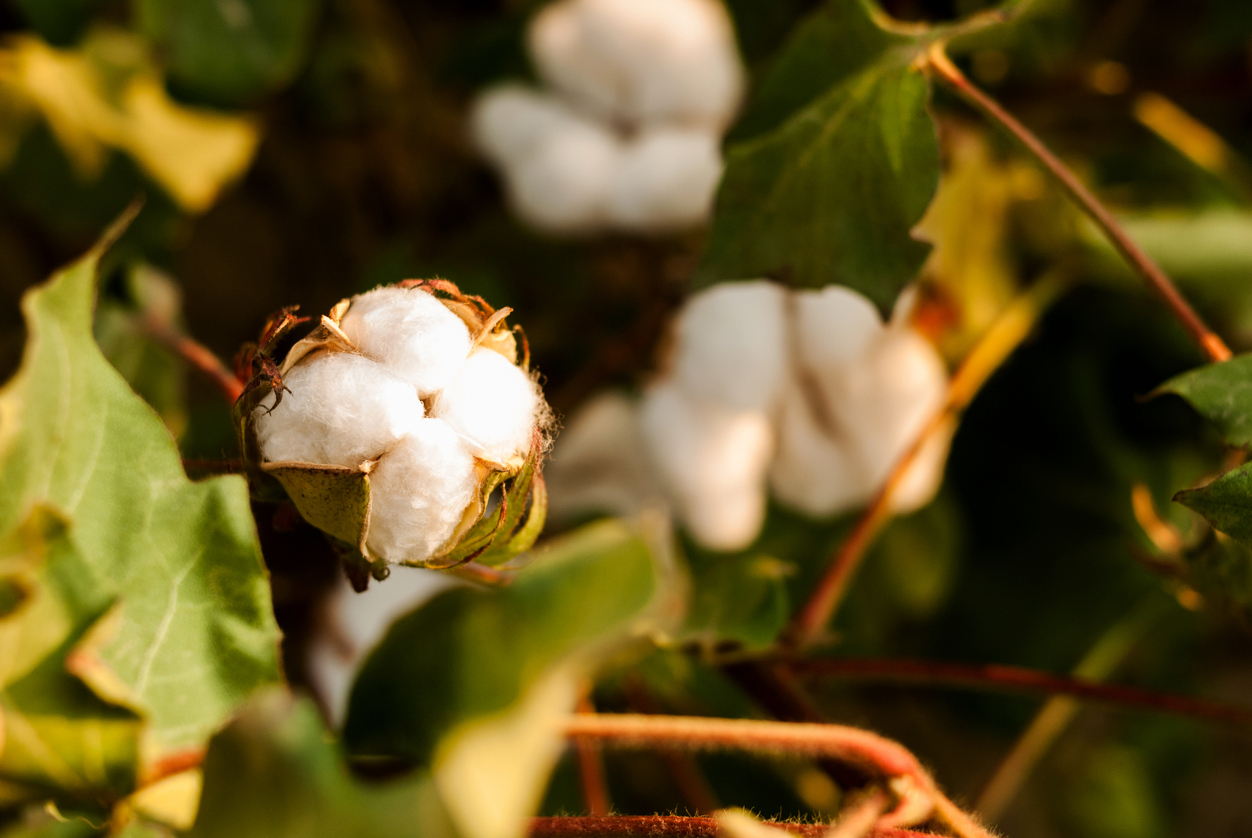
Base Editing of GhTFL1 Creates Ideal Cotton Plant Architecture
February 28, 2024| |
CRISPR-Cas-derived base editors offer precise gene editing, enabling major advances in basic research and crop improvement. However, their efficiency remains variable between target sites. Scientists from Huazhong Agricultural University and partners developed highly efficient base editors for cotton plants. Fusing GhABE8e to conventional nCas9 achieved 99.9% editing efficiency with no detectable off-target effects. Additionally, replacing nCas9 with dCpf1 broadened the range of editable target sites.
To investigate the function of TERMINAL FLOWER 1 (TFL1), the team edited its non-coding and coding regions with 26 targets, generating 300 independent cotton lines. This revealed TFL1's pleiotropic roles, enabling rapid domestication and the creation of ideal cotton plants: moderately sized with shortened branches, compact form, and early flowering.
The findings of the study establish an essential platform and genetic data for developing crops with ideal plant architecture.
Find more results in Genome Biology.
| |
You might also like:
- Cotton (Gossypium hirsutum L.) GM Events (68 Events)
- 92% Cotton, 90% Corn Areas in the US Produced with GE Seeds
- Triple-gene Transgenic Cotton Exhibits Tolerance Against Insects, Herbicide
Biotech Updates is a weekly newsletter of ISAAA, a not-for-profit organization. It is distributed for free to over 22,000 subscribers worldwide to inform them about the key developments in biosciences, especially in biotechnology. Your support will help us in our mission to feed the world with knowledge. You can help by donating as little as $10.
-
See more articles:
-
Gene Editing Supplement (February 28, 2024)
-
Research and Tools
- Researchers Target OsRBCS3 for Improving Rice Chilling Tolerance
- Base Editing of GhTFL1 Creates Ideal Cotton Plant Architecture
- Gene Editing to Produce Soy Milk with Stronger Aroma
- Researchers Identify Modulator of Salt Tolerance in Rice
- Multiplex CRISPR-Cas9 Reduces Lignin Deposition and Improves Forage Quality of Alfalfa
- CRISPR Boosts Grain Length and Weight of Bread Wheat
-
Read the latest: - Biotech Updates (January 14, 2026)
- Gene Editing Supplement (December 17, 2025)
- Gene Drive Supplement (February 22, 2023)
-
Subscribe to BU: - Share
- Tweet

